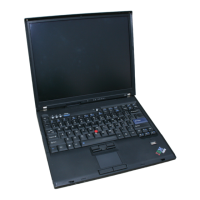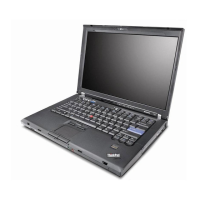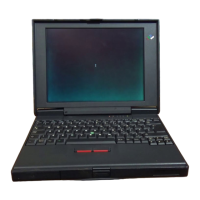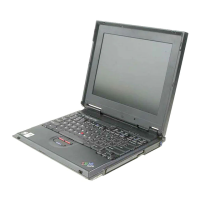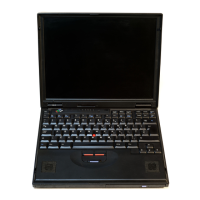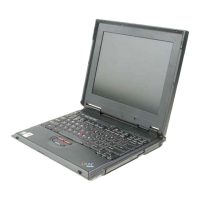REST
ART
Switch: This momentary switch sends the
'power
on reset'
(POR)
signal
to
the system
that
resets
all logic circuits and starts the bring up diagnostic.
When
pressed
and
held down, this switch is also
used
as
a lamp
test
switeh
for
the
PROCESS
CHECK and IN
PROCESS lights.
DISPLAY
REGISTERS
Switch: This switch has
two
positions, DISPLAY REGISTERS and NORMAL. When
this switch is in the DISPLAY REGISTERS position, the
first 512 bytes
of
storage are displayed in hexadecimal
code on the display screen (see
Display Registers in the
Diagnostic Aids section). When this switch is in the
NORMAL position, bring up diagnostic data or
APL/BASIC
data that is stored in
read/write
storage
locations hex 0200 through hex 05FF is displayed.
(See
the Diagnostic
Aids
section
for
more information about
the bring up diagnostic.)
Lights
PROCESS
CHECK
Ught: This light indicates that a
parity error exists in the system. All data processing
stops and further operation cannot
be
attempted.
IN
PROCESS
Ught: This light indicates
that
the
processor is processing data and that the cycle steal
controls are disabled. When this light is on, the display
is blank.
KEYBOARD DATA FLOW
Keyboard
Operation
When a key is pressed, a flyplate
in
the key module
moves away from the printed circuit pads on the
keyboard
PC
board and decreases the capacitance at
that key position. (A pressed key
is
sensed when a
sample pulse is not transmitted. That is, the absence
of
the sample pulse indicates that a key is pressed.)
Releasing the key restores the flyplate
to
its normal
position.
4·10
When a key is pressed, its code is detected. This code
or key data is created from the number in the scan
counter and from other data, such
as
a
shift
or
command key being pressed. This key data is placed
into a character register on the keyboard
PC
board. The
key data, which includes
an
odd parity check bit,
remains in the character register until the key
is
released.
The keyboard interfaces with the processor card
(G2)
through
the
base
I/O
card keyboard adapter. The
keyboard adapter receives the key data, including the
parity check bit, from the keyboard
PC
board. The data
is stored in the keyboard or the keyboard data latch.
(The keyboard data latch is present only on 5100s that
have a new base
I/O
card
in
the
F2
card position.) The
keyboard
PC
board strobe indicates
to
the processor
that data is available. The strobe also gates data from
the keyboard latch
to
the data select register and
requests a program level 3 interrupt. The level 3
interrupt initiates the transfer
of
data
to
the processor.
The
'-
keyboard strobe' line signals the keyboard adapter
that the keyboard has data ready
for
transfer. The data
is set in the keyboard data latch.
The strobe pulse that accompanies the data performs
two
functions:
1.
It
gates the data out
of
the keyboard data latch and
into the data select register. The selection
of
a
device address then makes the data available on the
'bus in bits' line.
2.
It
drives a program level interrupt from the keyboard
adapter after keyboard interrupts have been enabled.
Keyboard Code
Translation
When a key
or
combination
of
keys is pressed, a level 3
microprogram converts the key code
to
the 5100
internal code through a translation table located in
Common and Language
ROS
(E2).
The program looks
up the character and stores the character code
in
a
register in
read/write
storage. The interrupt associated
with
the keystroke is then reset, and the character is
processed by the level 0 microprogram.

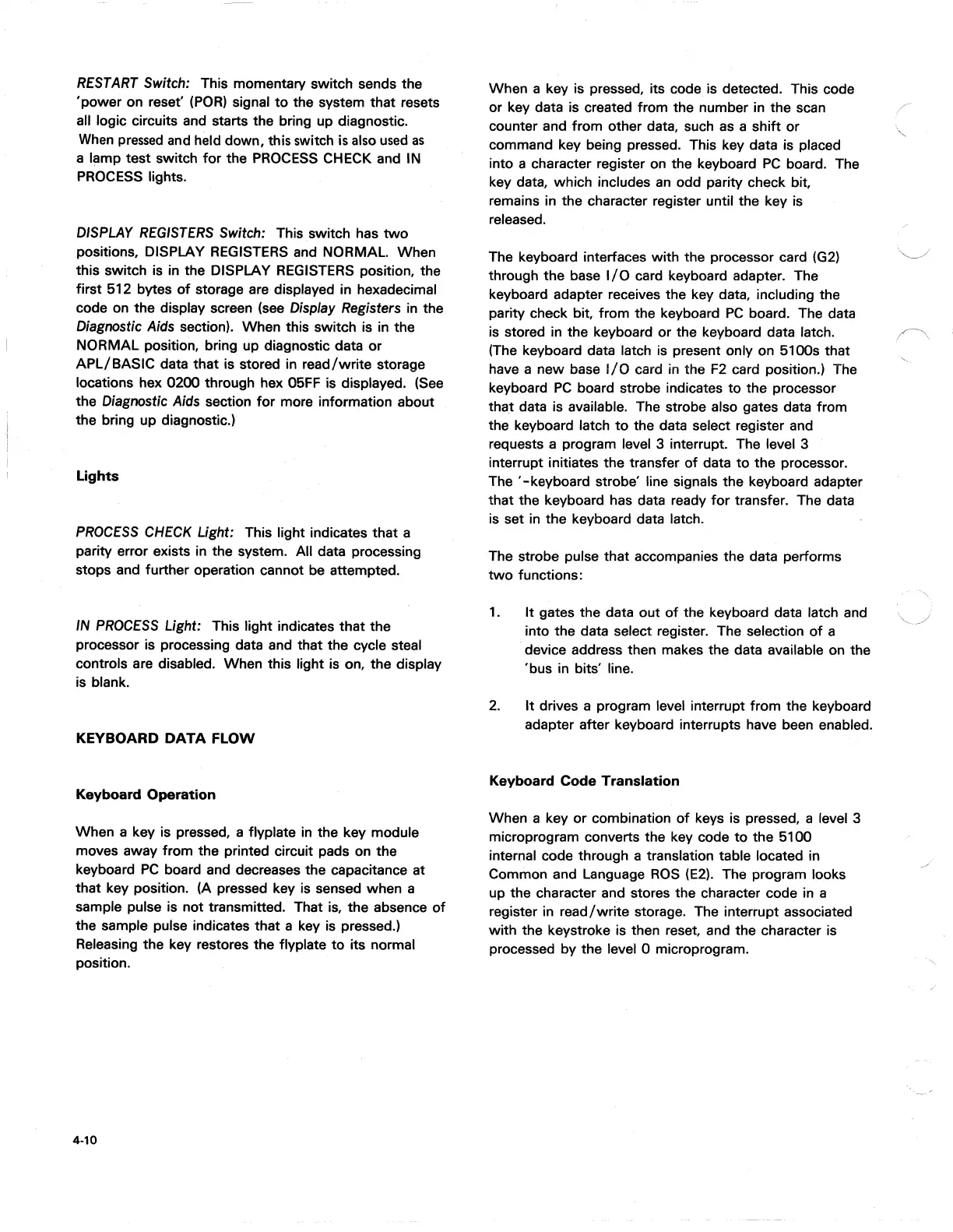